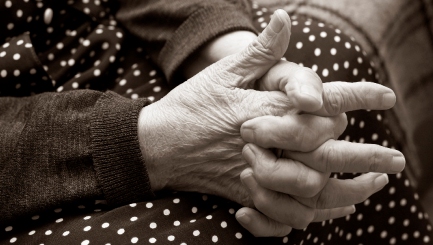
The condition affects people of all ages while certain types, such as osteoarthritis, are most prevalent in women and older people. Learning to manage your condition and to maximise your flexibility and ability to function normally is a huge part of living with arthritis.
Depending on the type of arthritis you have, your condition will be treated with anti-inflammatory medication and over-the-counter pain relief. There is no known cure for any forms of arthritis.
Osteoarthritis is usually caused by wear and tear in the joints and tends to affect us as we age. Osteoarthritis causes the cartilage around the joints to thin or wear, inflaming the tissue and also causing new bone to form. You can develop osteoarthritis as a young person if you suffer a fracture that takes time to heal. Rheumatoid arthritis is an autoimmune disorder in which the immune system attacks the joint tissue, damaging and inflaming the joints.
Once your condition has been confirmed, your doctor or specialist will place you on appropriate medication and pain relief. It’s at this point that you can take some steps on your own to manage your condition so your overall health and wellbeing remains good.
As the joints are most affected by arthritis, it’s essential that you maintain flexibility and mobility in them. Gentle exercise, such as a daily walk or non-weight bearing activity such as swimming, will help to strengthen your muscles as well as keep your joints moving. Exercise can also help you lose weight, another key factor in managing arthritis – losing extra pounds can help take pressure off painful joints.
Ice and heat treatment can reduce stiffness and swelling, aiding pain relief. Take care when lifting anything to avoid putting any pressure on painful joints. Invest in aids such as a cane or a lift chair to help keep you mobile and independent in your own home and outside.
